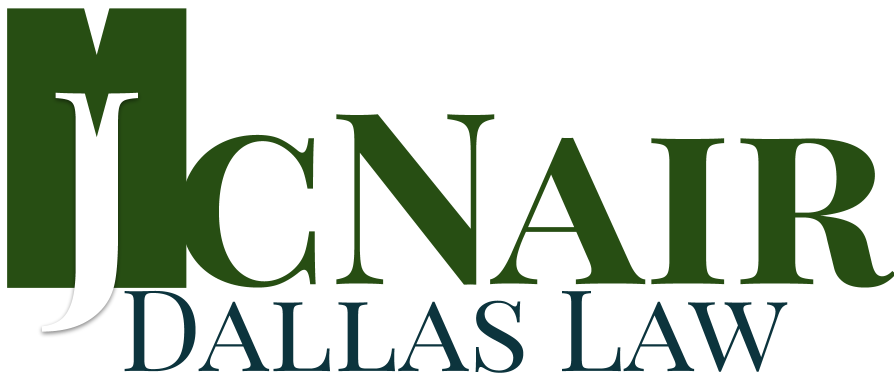In addition to an increase in rollovers, there has been an increase in the mistakes people make when transferring retirement funds as well, reports The Wall Street Journal in a recent article, “The Biggest Mistake People Make With IRA Rollovers.” These are expensive mistakes, potentially adding up to tens of thousands of dollars in taxes and penalties.
Done properly, rolling the funds from a 401(k) to a traditional IRA offers flexibility and control, minus paying taxes immediately. Depending on the IRA custodian, the owner may choose from different investment options, from stocks and bonds to mutual funds, exchange-traded funds, certificates of deposits or annuities. A company plan may limit you to a half-dozen or so choices. However, before you make a move, be aware of these key mistakes:
Taking a lump-sum distribution of the 401(k) funds instead of moving them directly to the IRA custodian. The clock starts ticking when you do what’s called an “indirect rollover.” Miss the 60-day deadline and the amount is considered a distribution, included as gross income and taxable. If you’re younger than 59½, you might also get hit with a 10% early withdrawal penalty.
There is an exception: if you are an employee with highly appreciated stock of the company that you are leaving in your 401(k), it’s considered a “Net Unrealized Appreciation,” or NUA. In this case, you may take the lump-sum distribution and pay taxes at the ordinary income-tax rate, but only on the cost basis, or the adjusted original value, of the stock. The difference between the cost basis and the current market value is the NUA, and you can defer the tax on the difference until you sell the stock.
Not realizing when you do an indirect rollover, your workplace plan administrator will usually withhold 20% of your account and send it to the IRS as pre-payment of federal-income tax on the distribution. This will happen even if your plan is to immediately put the money into an IRA. If you want to contribute the same amount that was in your 401(k) to your IRA, you’ll need to provide funds from other sources. Note that if too much tax was withheld, you’ll get a refund from the IRS in April.
Rolling over funds from a 401(k) to an IRA before taking a Required Minimum Distribution or RMD. If you’re required to take an RMD for the year that you are receiving the distribution (age 72 and over), neglecting this point will result in an excess contribution, which could be subject to a 6% penalty.
Rolling funds from a 401(k) to a Roth IRA and neglecting to pay taxes immediately. If you move money from a 401(k) to a Roth IRA, it’s a conversion and taxes are due when you make the transfer. However, if you have some after-tax dollars left in the 401(k), you can make a tax-free distribution of those funds to a Roth IRA. Remember funds must remain in a Roth IRA for at least five years, before withdrawing any earnings or they’ll be subject to taxes and possibly penalties.
Not knowing the limits when moving funds from one IRA to another, if you do a 60-day rollover. The general rule is this: you are allowed to do only one distribution from an IRA to another IRA within a 12-month period. Make more than one distribution and it’s considered taxable income. Tack on a 10% penalty, if you’re under 59½.
Reference: The Wall Street Journal (Oct. 1, 2021) “The Biggest Mistake People Make With IRA Rollovers”
annie-spratt-IT6aov1ScW0-unsplash



